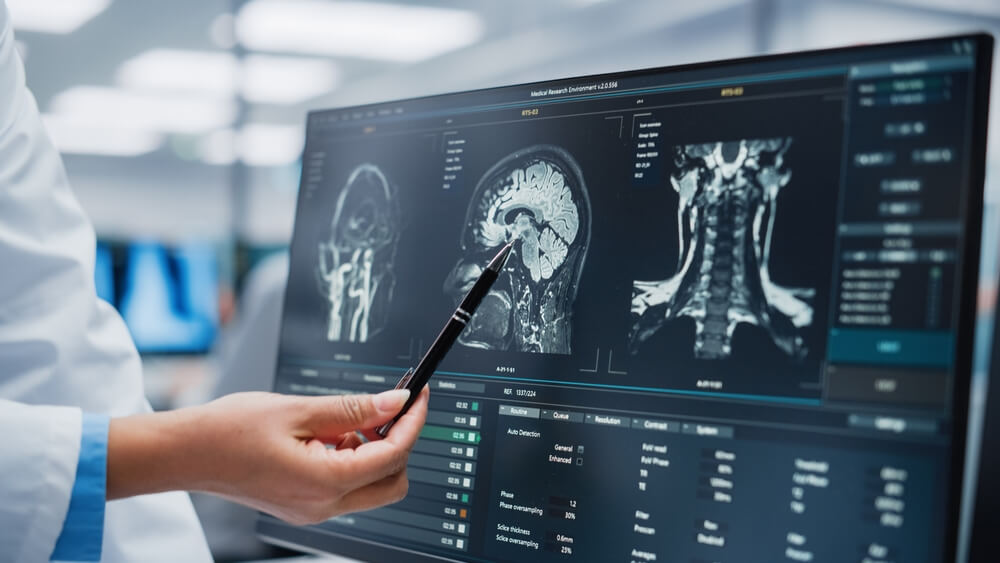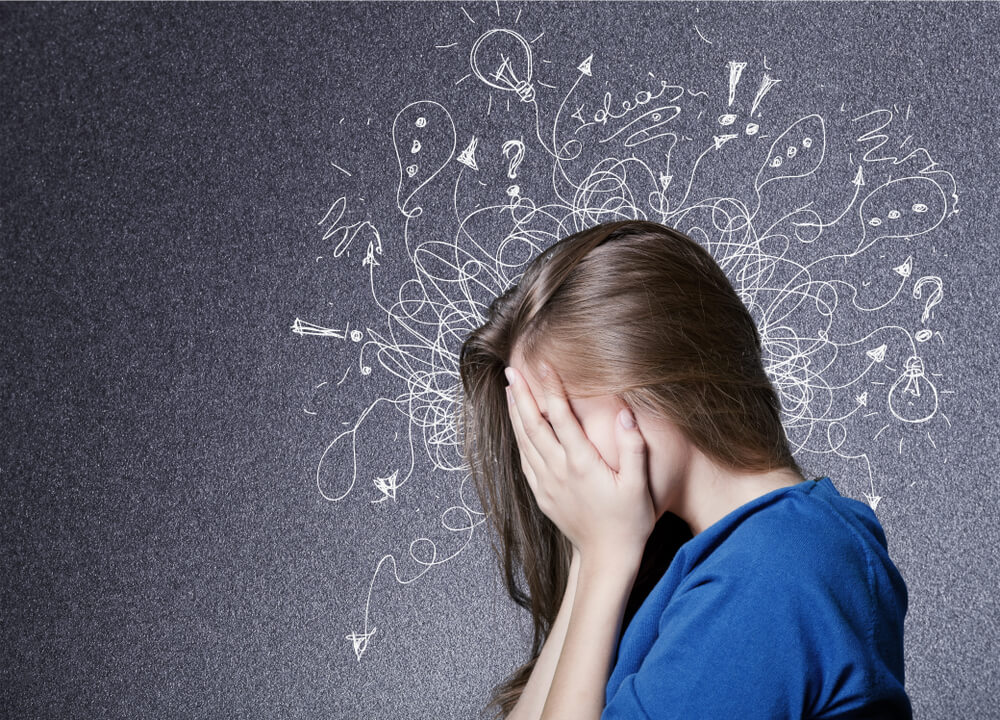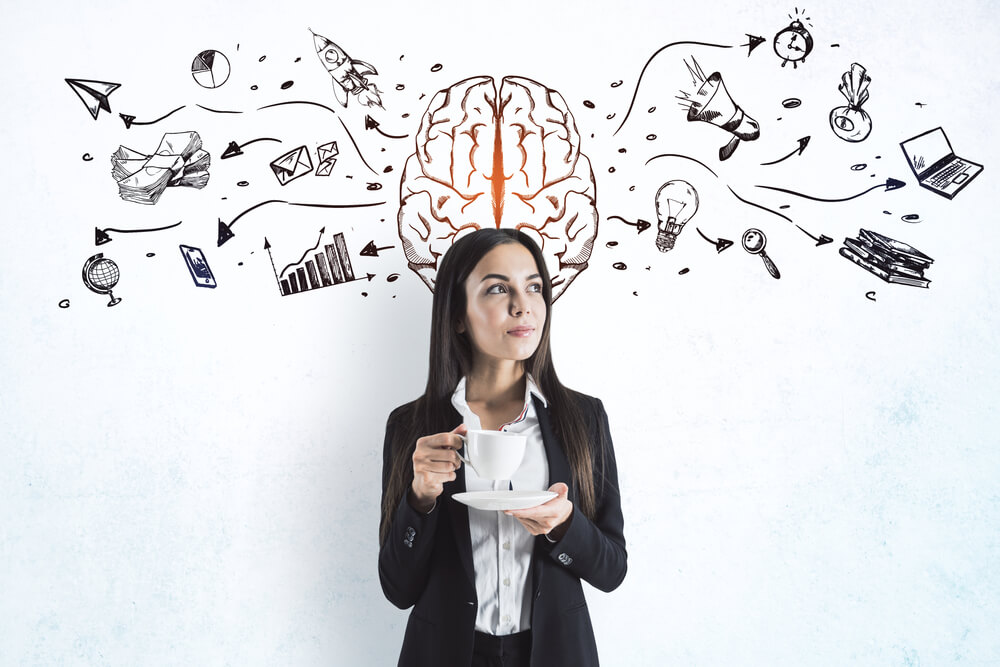Reading Time: 7 minutes
Microdosing Acid (LSD)
Microdosing Acid (LSD) involves consuming a small dose of the psychedelic drug, usually on a regular basis. Those who microdose LSD claim various benefits, including increased creativity, improved mood, and enhanced focus. However, it’s important to note that the long-term effects of microdosing LSD are still largely unknown and require further scientific research.
Lysergic acid diethylamide (LSD) microdosing, the practice of taking tiny amounts of LSD, is a growing trend in the United States. However, research on its safety and effectiveness is limited. While clinical trials are ongoing, there’s a lack of data on long-term effects, potential negative effects on pre-existing mental health conditions listed in the DSM (Diagnostic and Statistical Manual), and potential interactions with medications. While some users report positive experiences, the Food and Drug Administration (FDA) hasn’t approved LSD for microdosing, and high doses can cause unpredictable and potentially life-threatening side effects, including bad trips and altered brain activity.

The term microdosing is traditionally associated with a class of substances called hallucinogens that include ayahuasca, lysergic diethylamide (LSD), psilocybin (magic mushrooms), and dimethyltryptamine (DMT), among others. The act of microdosing involves using very low, sub-hallucinogenic doses of LSD or other types of psychedelics.1 Although the media has been reporting an increase in microdosing, the effects of LSD in small doses have not been effectively categorized despite documented ill-effects, some of which are more anecdotal rather than empirically validated and supported.
In this article:
- What Happens When You Take LSD?
- What Happens When You Take LSD Long-Term?
- What Are the Potential Side Effects of LSD Use?
- Can the Effects of LSD Be Dangerous?
- Can the Effects of LSD Be Reversed?
What Happens When You Take LSD?
As a serotonergic hallucinogen, LSD predominantly elicits visual perceptual disturbances similar to those seen in the early stages of schizophrenia and induces alterations in information processing.2 LSD can cause mystical-like experiences and changes in consciousness with accompanying long-lasting experiences of subjective well-being.1,2
One study found that in safe settings, healthy, normal subjects reported a myriad of positive attitudes, such as:
- Positive attitudes about life and/or self
- Altruistic and positive social effects
- Positive well-being and life satisfaction
- Positive mood and behavioral changes
The subjects reported that the study was one of the most personally meaningful experiences. They also reported long-lasting positive effects after the completion of the study.2 One to 12 months after the administration of LSD, the study also found that participants did not experience any long-lasting LSD effects on any personality trait measures.2,3
What Happens When You Take LSD Long-Term?
One study explicitly tracked the microdosing experiences of 98 participants over six weeks and found a general increase in psychological functioning on specified dosing days and limited evidence of residual effects on non-dosing days. The same study also compared pre-and post-study measures, which showed reductions in the following categories:4
- Levels of depression and stress
- Decreased levels of distractibility
- Increased neuroticism
- Increased absorption (i.e., focused attention characterized by deep involvement with particular aspects of subjective experience)
Some research indicates that long-term use of psychedelics can cause structural changes in the brain, in both the posterior and anterior cingulate, the former being the part that orients your body in space and the latter connecting the limbic system or emotional center of the brain with the prefrontal cortex. LSD may also cause reduced activity in the default mode network, the region of the brain associated with normal, waking consciousness, which is responsible for integrating and executing the experiences of metacognition, social attributions, and self-reflection.5,6

What Are the Potential Side Effects of LSD Use?
In one very recent literature review, it was reaffirmed that the effects of LSD are not heavily studied; however, in what has been reported, across 2,000 participants, no long-term adverse effects have been noted.3 At high doses, the effects can mimic psychosis and even schizophrenia symptoms, which continues to be in line with past findings.7 LSD impacts your physical, mental, and emotional experiences. It can affect your physiology by stimulating the sympathetic nervous system, which causes many of the below symptoms:7,8
- Increase in body temperature
- Sweating
- Dilated pupils
- Increased heart rate and blood pressure
- Sleeplessness
- Loss of appetite
- Tremors
- Dry mouth
- Hyperthermia
- Convulsions
- Increased muscle tension
- Muscular incoordination
Emotional Side Effects
Some of the residual emotional side effects of LSD include:7,8
- Extreme changes in mood
- Acute anxiety and/or depression
- Euphoria, positive mood, feelings of joy
- A sense of unity
- Transcendence of time and space
- Feelings of blessedness and peace
- A sense of sacredness
- Positive attitude toward others and self
Cognitive Side Effects
Lastly, some common cognitive (mental) side effects of LSD include but are not limited to:7,8
- Synaesthesia
- Thought disorders
- Visual changes
- Altered states of consciousness
- Hallucinations
- Impaired depth and time perception
- Distorted perception of objects’ shapes, sizes, movements, colors, sounds, and touch
- Changes in body perceptions
- Inability to make sound judgments
- Inability to assess for danger and thus becoming susceptible to personal injury
- Flashbacks of the drug experience days or months after taking the last dose
- An enhanced capacity for introspection
- Depersonalization and derealization
- Disruption of sensorimotor gating
- Shortened attention span
- Changes in memory
- Decrease in non-verbal, abstract reasoning
Can the Effects of LSD Be Dangerous?
Psychedelics are generally not considered to be addictive.9 Although the safety of microdosing has not been empirically verified, and a lot of knowledge continues to be anecdotal in nature, research that is conducted indicates that dosing at hallucinogenic levels is relatively safe.9
Large-scale population studies have not identified causality between psychedelics and negative mental health.10 Additionally, longitudinal research has found that lower levels of psychological distress are associated with psychedelics and even reduce oftentimes persistent and chronic symptomatology such as suicidality.11,12

Can the Effects of LSD Be Reversed?
Currently, there is no evidence that addiction or even compulsive use is a natural consequence of continued LSD use.13 That being said, in specific age-based populations like adolescents and young adults, tolerance does develop quickly, but serious adverse events are still rare.14 Again, although infrequent and verging on rare, persistent psychotomimetic symptoms (i.e., effects on the mind similar to a psychotic state) and hallucinogen use disorder can result from long-term LSD use.15
In animal studies, chronic exposure to LSD (defined as 0.16 mg/kp i.p. every other day for three months) caused persistent, conditioned, spontaneous hyperactivity for three months after LSD treatment stopped.16 It does not appear that the effects of LSD are permanent, nor have studies confirmed evidence-based practices in a therapeutic setting. However, there have been studies indicating that there are long-lasting experiences of subjective well-being.2
Resources
- Anderson, T., Petranker, R., Christopher, A., Rosenbaum, D., Weissman, C., Dinh-Williams, L., Hui, K., & Hapke, E. (2019). Psychedelic Microdosing Benefits and Challenges: An Empirical Codebook. Harm Reduction Journal, 16(43), 1-10.
- Schmid, Y. & Liechti, M.E. (2018). Long-Lasting Subjective Effects of LSD in Normal Subjects. Psychopharmacology (Berl), 235(2), 535-545.
- Adaya, J.S., Mitzkovita, C.M., Bloescha, E.K., Davolia, C.C., & Davis, A.K. (2020). Long-Term Effects of Psychedelic Drugs: A Systematic Review. Neuroscience and Biobehavioral Reviews, 113, 179-183.
- Polito, V. & Steven, R.J. (2019). A Systematic Study of Microdosing Psychedelics. Plos One, 14(2), 1-26.
- dos Santos, R.G., Oso´rio F.L., Crippa, J.A.S., Hallak, J.E.C. (2016). Classical Hallucinogens and Neuroimaging: A Systemic Review of Human Studies: Hallucinogens and Neuroimaging. Neuroscience & Biobehavioral Reviews, 71, 715-728.
- Carhart-Harris, R.L, Leech, R., Hellyer, P.J., Shanahan, M., Feilding, A., Tagliazucchi, E., Chialvo, D.R., & Nutt, D. (2014). The Entropic Brain: A Theory of Conscious States Informed by Neuroimaging Research by Psychedelics. Frontiers in Human Neuroscience. 8(20), 1-22.
- De Gregoria, D., Comai, S., Posa, L., & Gobi, G. (2016). D-Lysergic Acid Diethylamide (LSD) as a Model of Psychosis: Mechanism of Action and Pharmacology. International Journal of Molecular Sciences, 17, 1-20.
- Department of Justice Drug Enforcement Agency. (2020). LSD.
- Nichols, D.E. (2016). Psychedelics. Pharmacol Review, 68(2), 264-355.
- Johansen, P.Ø., & Krebs, T.S. (2015). Psychedelics not Linked to Mental Health Problems or Suicidal Behavior: A Population Study. Journal of Psychopharmacology, 29(3), 270-279.
- Hendricks, P.S., Thorne, C.B., Clark, C.B., Coombs, D.W., & Johnson, M.W. (2015). Classic Psychedelic Use is Associated with Reduced Psychological Distress and Suicidality in United States Adult Population. Journal of Psychopharmacology, 29(3), 280-288.
- Argento E., Strathdee, S.A., Tupper, K., Braschel, M., Wood, E., Shannon, K. (2017). Does psychedelic drug use reduce risk of suicidality? Evidence from a Longitudinal Community-Based Cohort of Marginalized Women in a Canadian Setting. BMJ Open, 7, 1-8.
- Bates, S. & Trujillo, A. (2021). Use and Abuse of Dissociative and Psychedelic Drugs in Adolescence. Pharmacology Biochemistry and Behavior, 203, 1-17.
- Leonard, J.B., Anderson, B., & Klein-Schwartz, W. (2018). Does Getting High Hurt? Characterization of Cases of LSD and Psilocybin-Containing Mushroom Exposures to National Poison Centers Between 2000 and 2016. Journal of Psychopharmacology, 32(12), 1286-1294.
- Hardaway, R., Schweitzer, J., & Suzuki, J. (2016). Hallucinogen Use Disorders. Child and Adolescent Psychiatric Clinics of North America, 25(3), 489-496.
- Marona-Lewicka, D. Nichols, C.D., & Nichols, D.E. (2011). An Animal Model of Schizophrenia Based on Chronic LSD Administration: Old Idea, New Results. Neuropharmacology, 61(3), 503-512.
